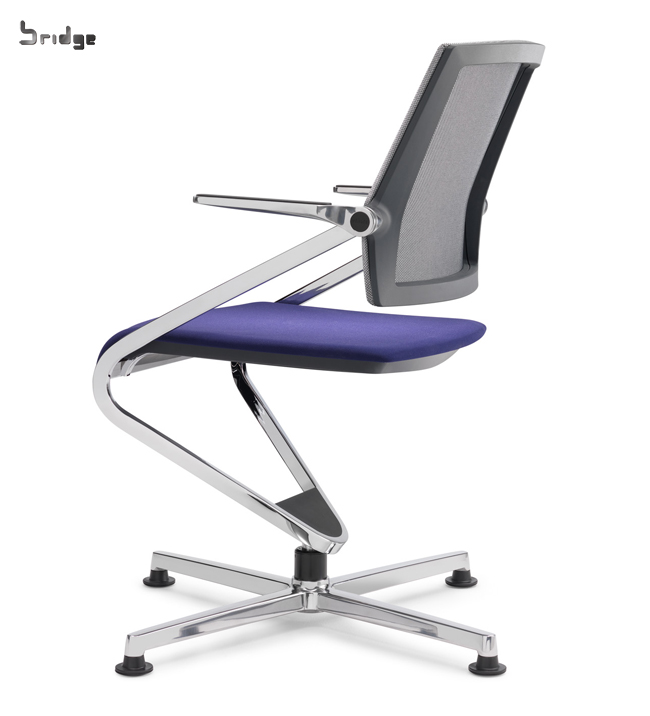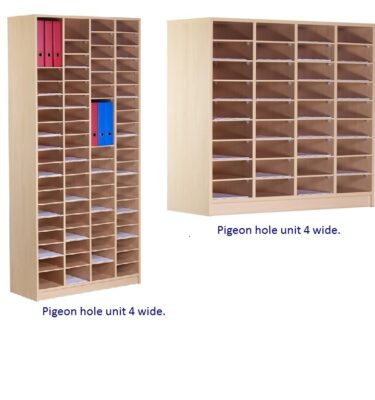Choosing the right chair is extremely important. Here’s 4 important factors to consider when choosing your next chair…
- Seat width and depth. The seat should have enough width and depth to support any user comfortably. Usually 17-20 inches wide is the standard. The depth (from front to back of the seat) needs to be enough so that the user can sit with his or her back against the backrest of the ergonomic office chair while leaving approximately 2 to 4 inches between the back of the knees and the seat of the chair. The forward or backward tilt of the seat should be adjustable.
- Lumbar support. Lower back support in an ergonomic chair is very important. The lumbar spine has an inward curve, and sitting for long periods without support for this curve tends to lead to slouching (which flattens the natural curve) and strains the structures in the lower spine. An ergonomic chair should have a lumbar adjustment (both height and depth) so each user can get the proper fit to support the inward curve of the lower back.
- Backrest. The backrest of an ergonomic office chair should be 12 to 19 inches wide. It should be able to support the natural curve of the spine, again with special attention paid to proper support of the lumbar region. If the office chair has the seat and backrest together as one piece, the backrest should be adjustable in forward and back angles, with a locking mechanism to secure it from going too far backward once the user has determined the appropriate angle.
- Seat material. The material on the office chair seat and back should have enough padding to be comfortable to sit on for extended periods of time. Having a cloth fabric that breathes is preferable to a harder surface.









